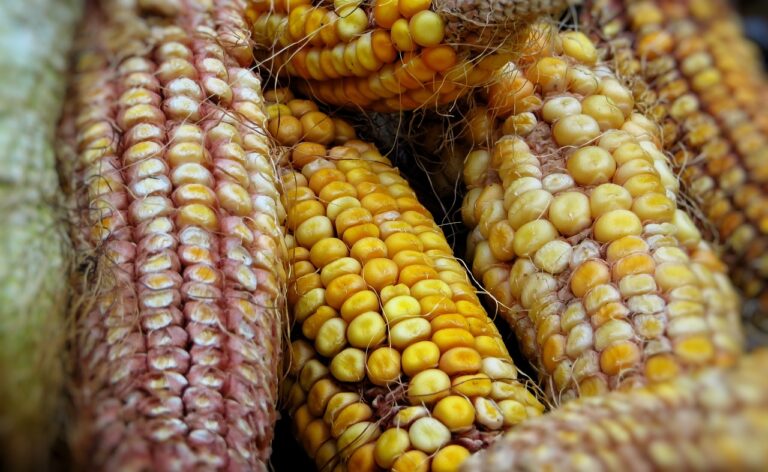Food and Economics: Analyzing Global Food Market Trends and Impacts
Food consumption patterns worldwide vary significantly due to cultural, economic, and social factors. In developed countries, there is a trend towards higher consumption of processed and convenience foods, while developing regions often rely more on traditional diets centered around staples like rice, maize, or wheat. Additionally, urbanization has led to a shift in dietary preferences towards more meat and dairy products, increasing the demand for livestock farming and its associated environmental impacts.
Moreover, globalization has had a profound influence on food consumption patterns, introducing a wide variety of cuisines and ingredients to different parts of the world. This has led to an increased interest in diverse and exotic foods among consumers, as well as a growing demand for organic and ethically sourced products. The rise of online shopping and food delivery services has also made it easier for people to access a wider range of food options, further shaping global consumption patterns.
Factors Influencing Food Prices
Fluctuations in food prices are influenced by a multitude of factors, with supply and demand playing a significant role. An increase in demand for a particular food item can lead to a rise in its price, especially if the supply is unable to keep up. Similarly, disruptions in the supply chain due to weather events or conflicts can also cause prices to spike.
Government policies and regulations can also impact food prices. Subsidies provided to farmers, tariffs on imports, and regulations on food production can all affect the overall cost of food for consumers. Additionally, changes in fuel prices can have a ripple effect on food prices, as transportation costs are a key component of the final price of food products.
Impact of Climate Change on Food Production
Climate change is significantly impacting food production worldwide. Rising temperatures, changing precipitation patterns, and extreme weather events are posing challenges to agricultural systems. Crop yields are becoming less predictable, leading to food insecurity in many regions.
Moreover, climate change is altering the distribution and behavior of pests and diseases that affect crops. Farmers are facing new challenges in controlling these pests, which can lead to decreased crop yield and quality. These changes in pest dynamics are further exacerbating the already strained global food supply chain.
How are global food consumption patterns changing?
Global food consumption patterns are changing due to factors such as population growth, urbanization, and shifts in dietary preferences towards more resource-intensive foods.
What are some factors influencing food prices?
Factors influencing food prices include weather events, market speculation, government policies, and changes in production costs such as fuel and fertilizer prices.
How is climate change impacting food production?
Climate change is impacting food production by causing disruptions to crop yields, changes in growing seasons, increased frequency of extreme weather events, and shifts in pest and disease patterns.
How can agriculture adapt to the impacts of climate change?
Agriculture can adapt to the impacts of climate change by implementing sustainable farming practices, diversifying crops, investing in climate-resilient infrastructure, and utilizing technology to improve productivity and efficiency.
What role can individuals play in addressing the impact of climate change on food production?
Individuals can play a role in addressing the impact of climate change on food production by making sustainable food choices, reducing food waste, supporting local farmers, and advocating for policies that promote climate-resilient agriculture practices.







